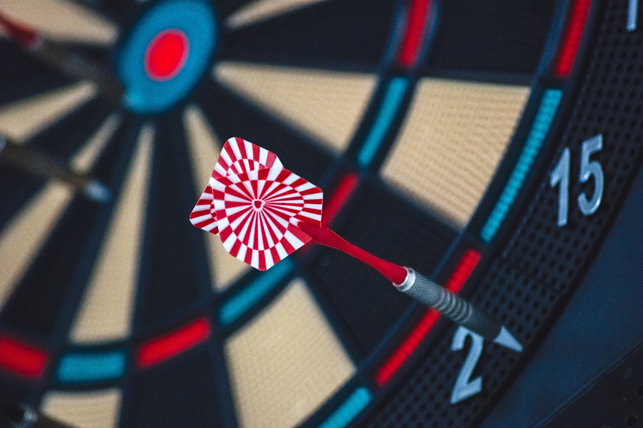Authors: Elena Cervelli and Leonello Trivelli, University of Pisa
One of sine qua non conditions for the foresight activity is not allowing ourself to be carried away by cognitive errors.
The fundamental causes of cognitive error belong either to the information or to the rule domain, and are due to three factors:
- information are missing, wrong or incomplete
- we ignore the rules, the ones we use are wrong or not correctly applied
- we fall victims to errors of judgment, also called cognitive biases.
A cognitive bias is a systematic pattern of deviation from norm or rationality in judgment. It means that when we are suffering cognitive biases we systematically take the wrong way without realizing it. We tend to frame things in a pattern based on what we have seen, felt, touched in the past and we look at a distorted reality.
With a reference to the statistics’ world, cognitive bias could be compared to systematic errors, which have identical repercussions on all measures and can be corrected once the cause has been ascertained. As well as thermal expansion, due to particular environmental conditions not taken into consideration, could systematically distort the results of a measuring machine, so cognitive bias could prejudice the accuracy of a thought, a consideration, a reasoning.
Being aware of biases that lead us to errors more frequently helps improve the quality of our decisions.
Here you are some of the most common mind’s shortcuts:
- Bandwagon bias: develop a belief, not because it is actually truthful, but rather in relation to the number of other people who share that same belief
- Hindsight bias: to consider evolutions foreseeable only after they have occurred
- Anchoring bias: rely too much on the first information provided to us
- Ostrich effect: hide our head in the sand when someone shows to us data that conflict with our beliefs
- Placebo effect: influence the occurrence of an event with the belief that it should occur
- Availability heuristic: overestimate the information available to us

